How to choose a food processor to get a do-it-all kitchen appliance
We asked our experts for their top tips on how to choose a food processor


Knowing how to choose a food processor that suits your kitchen needs is key to making the most of your space, money, and time. There's plenty to consider before you dive into a food processor purchase and, thankfully, you've got the help of our experts for choosing the perfect one.
We've tested all of the best food processors on the market, as well as food choppers and some of the best food processor combos too. That means we've seen the small, the stylish, and the stunning, as well as ones which are a little less impressive.
Before you choose a food processor, you'll want to think about the size of your kitchen, the capacity that you need, what you will use your food processor for, how much you want to spend and, where you'll store it. We'll cover all of that and more right here.
How to choose a food processor
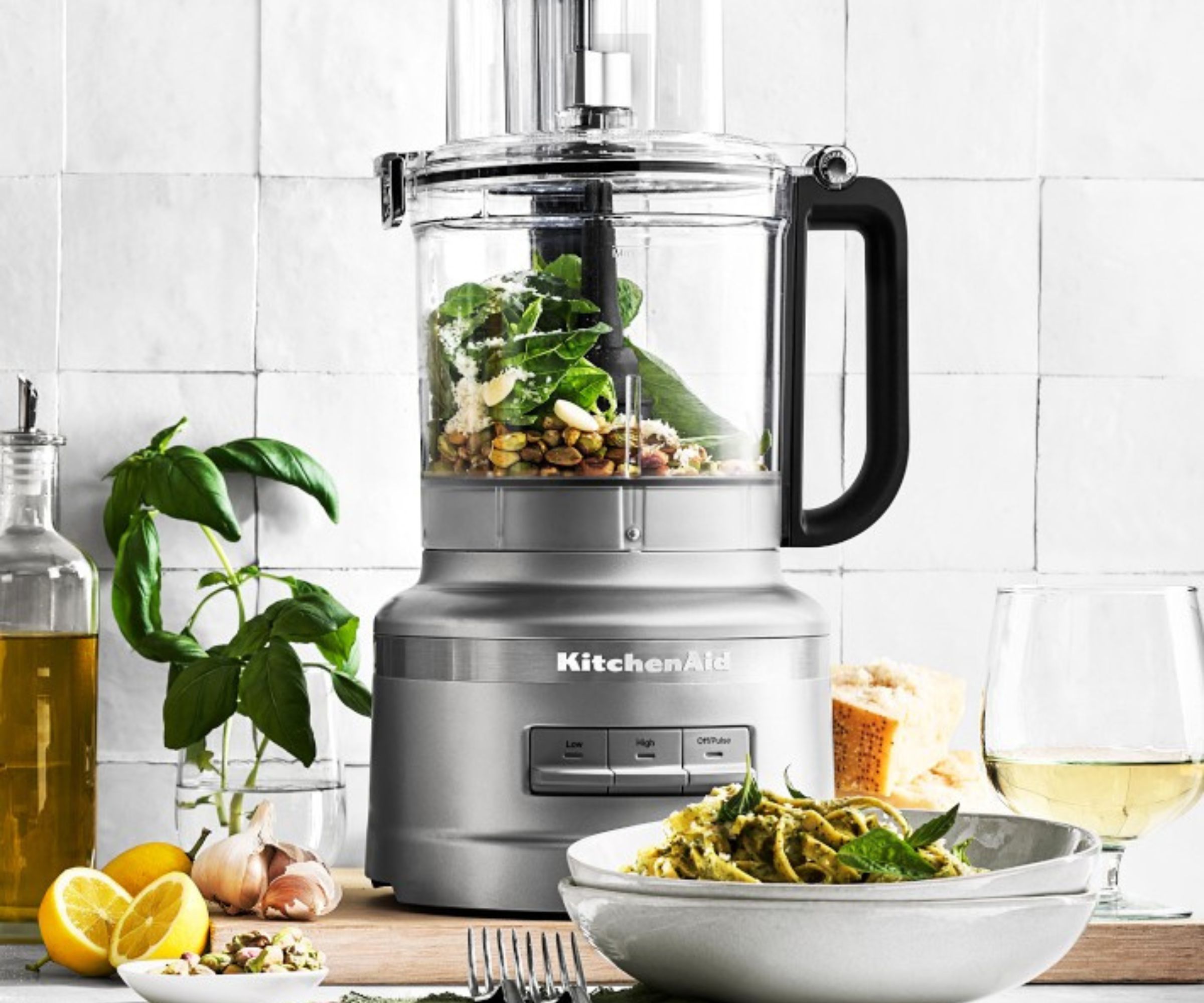
The key factors to consider when you're buying a food processor are: capacity, footprint, power, functions, and price. I'll go deep into the details of that and more, but if you want a quick table for what to expect in different price ranges, here's a summary.
| Row 0 - Cell 0 | Large | Medium | Small |
| Capacity | 11 + cups | 7-10 cups | 3-6 cups |
| Power | 800 + watts | 500-800 watts | 250-300 watts |
| Functions and attachments | Multiple speeds, large feed tube, blades, slicing disc, shredding disc, dough blade | Multiple speeds, slicing/shredding discs, easy storage | Basic chopping functions |
| Price | $150-500 | $80-150 | $30-150 |
Matching aesthetics and style
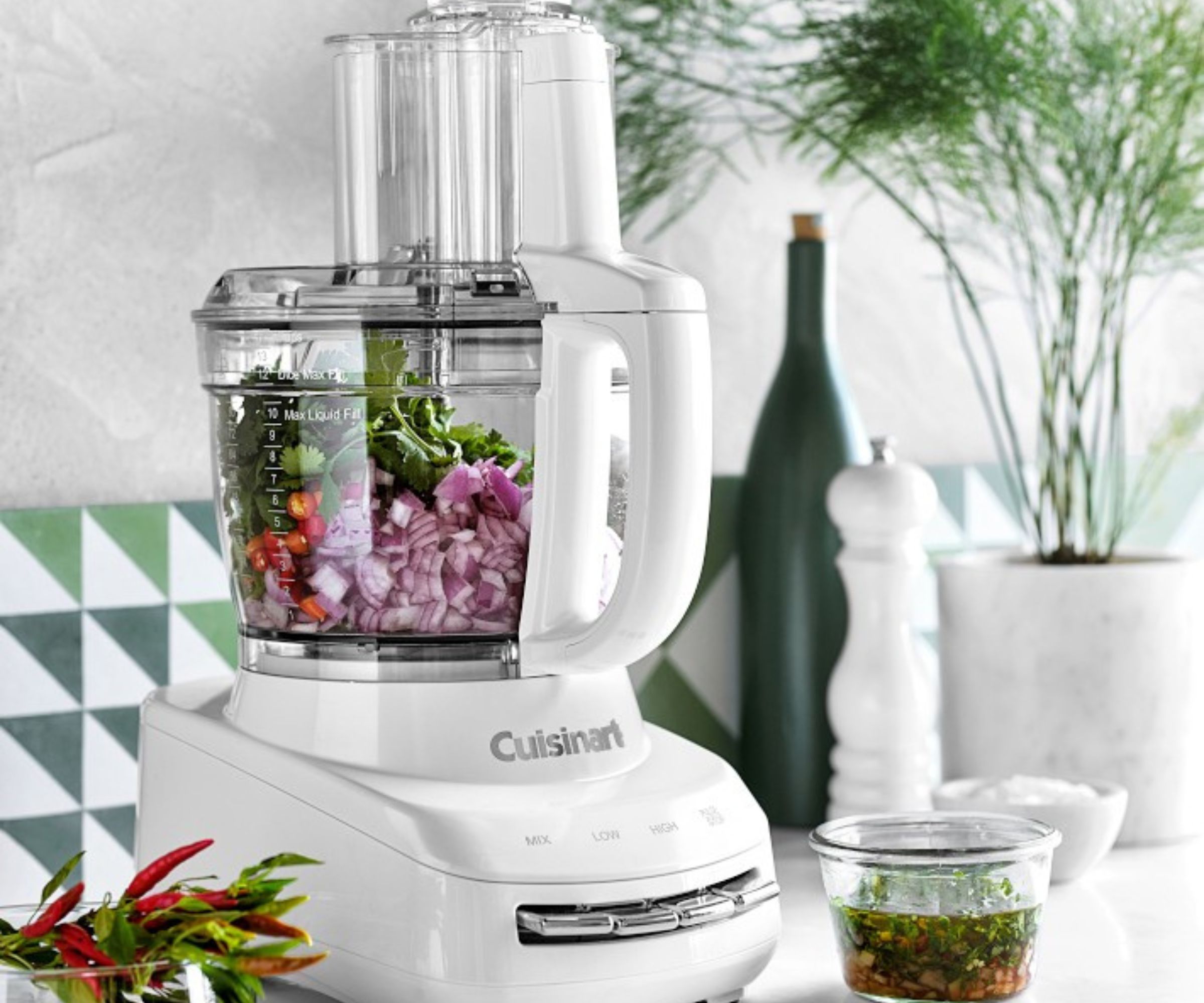
Food processors aren't known for being the most beautiful appliances on the market, but it helps if you can pick one which matches your interior kitchen design, whether it's a retro-farmhouse style or a more modern, minimalistic tone, there'll be one to match your kitchen. Here are some of our tried and tested suggestions for different kitchen styles:
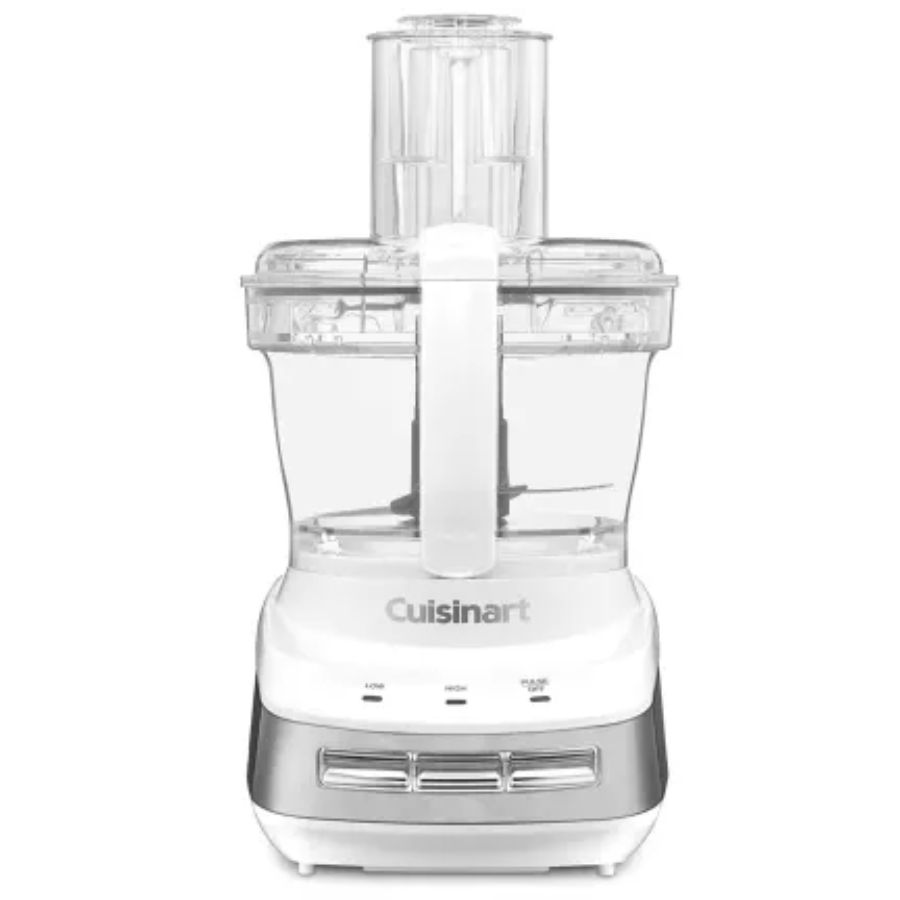
For all white kitchens
Our experts reckon this is the best food processor on the market. It's available in a range of colors and the white is perfect for light, bright kitchens.
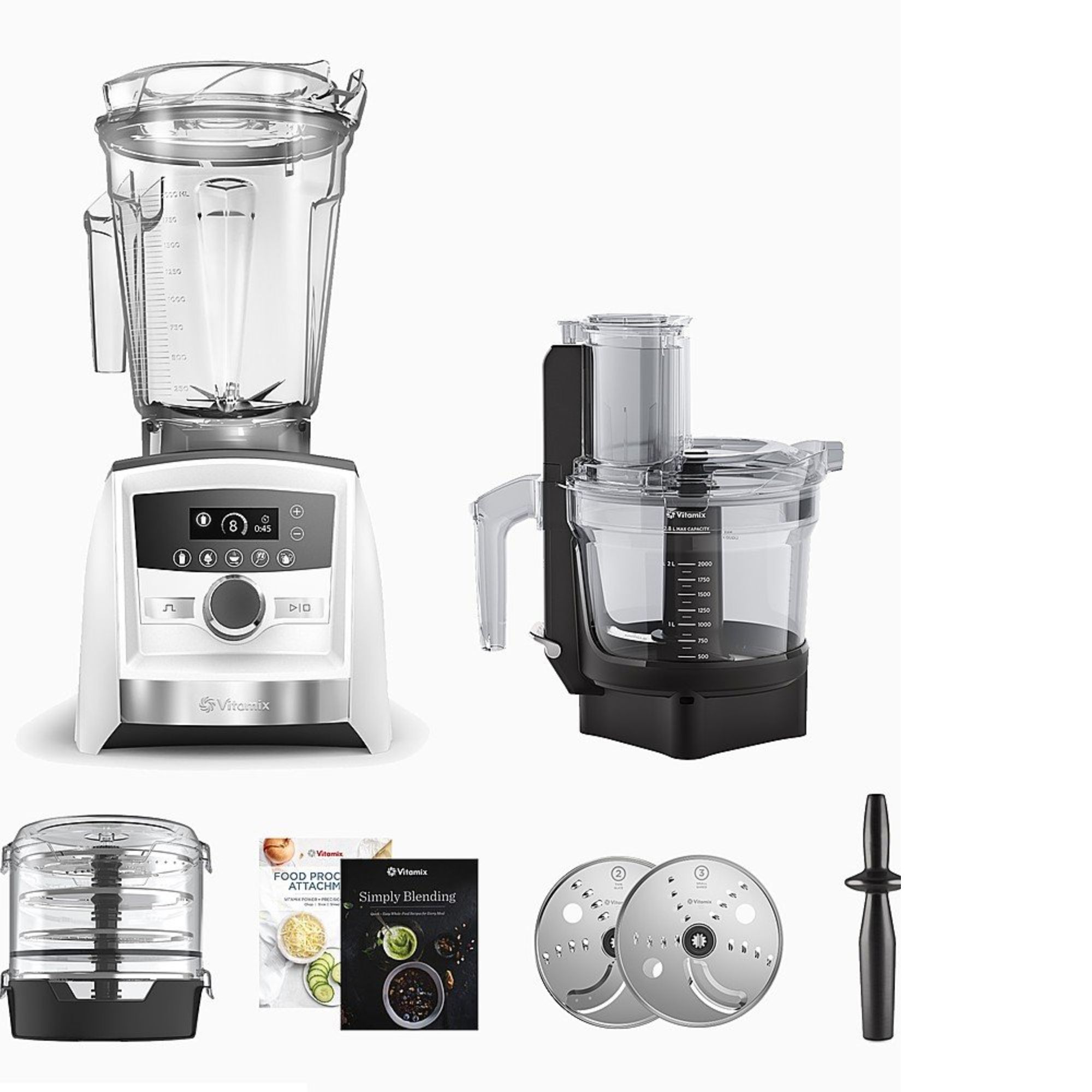
Best modern
Boxy and futuristic, this beautiful food processor wins top points for style. It doubles up as a powerful blender that can make hot soup too.
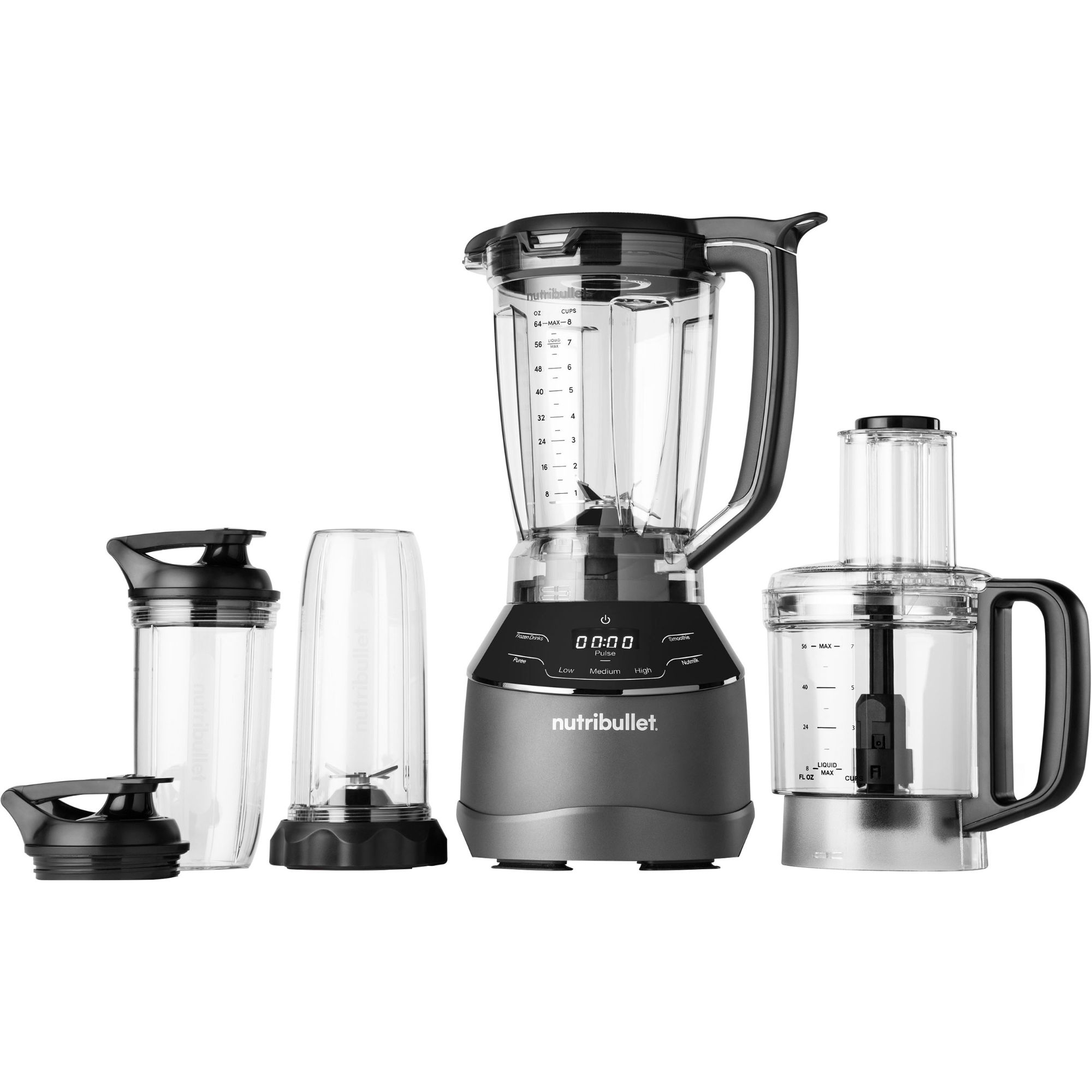
Best for techy kitchens
The light-up, digital display on this system looks futuristic. It covers all bases and looks super-smart too. If you have a large home, this is perfect too.
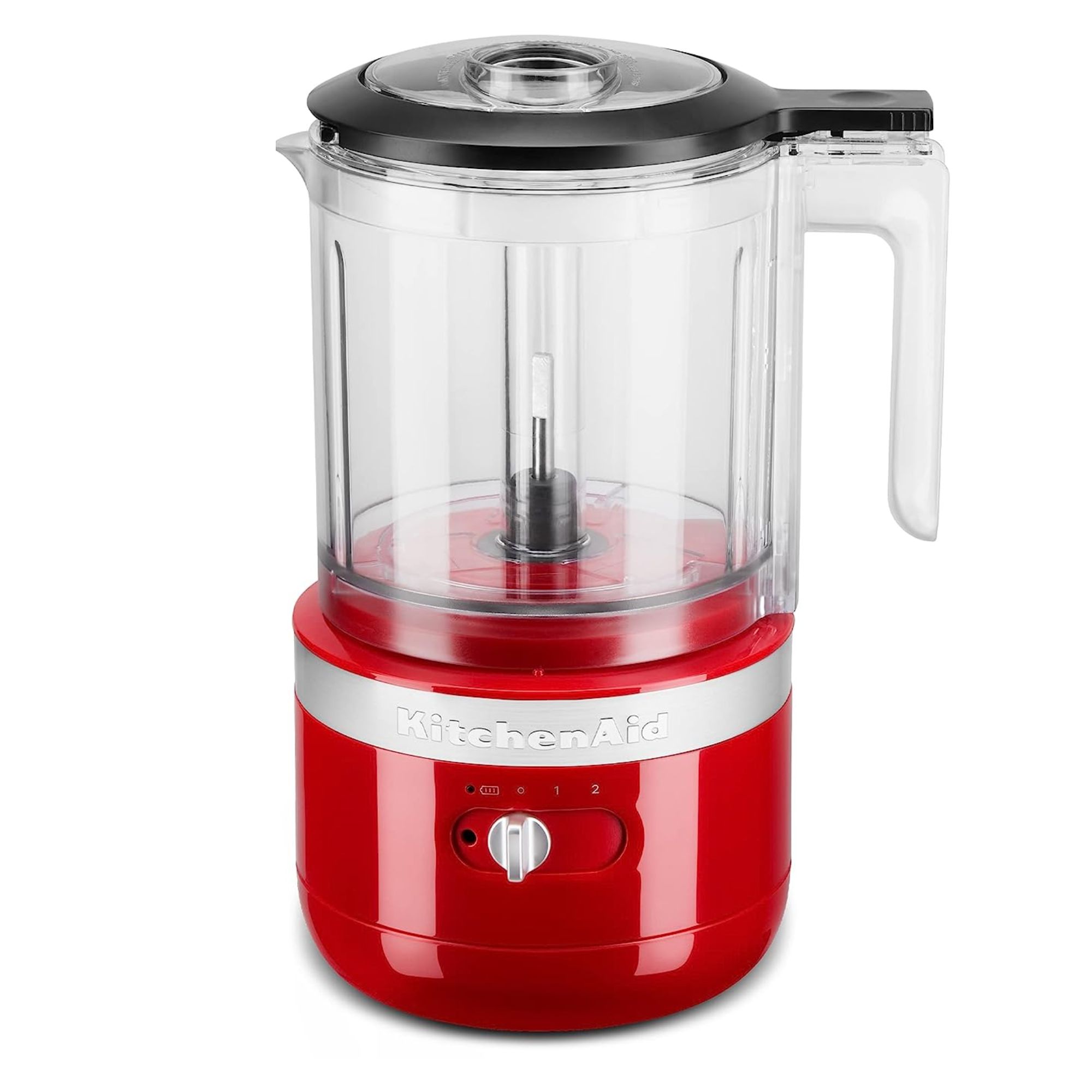
For colorful kitchens
Available in a range of color options, the KitchenAid will match any bright and bold interior style. It's compact and cordless too, convenient for smaller spaces.

For small kitchens
For under $50, this is perfect. It's not a looker, but it's easy to store in a cupboard or a deep drawer.
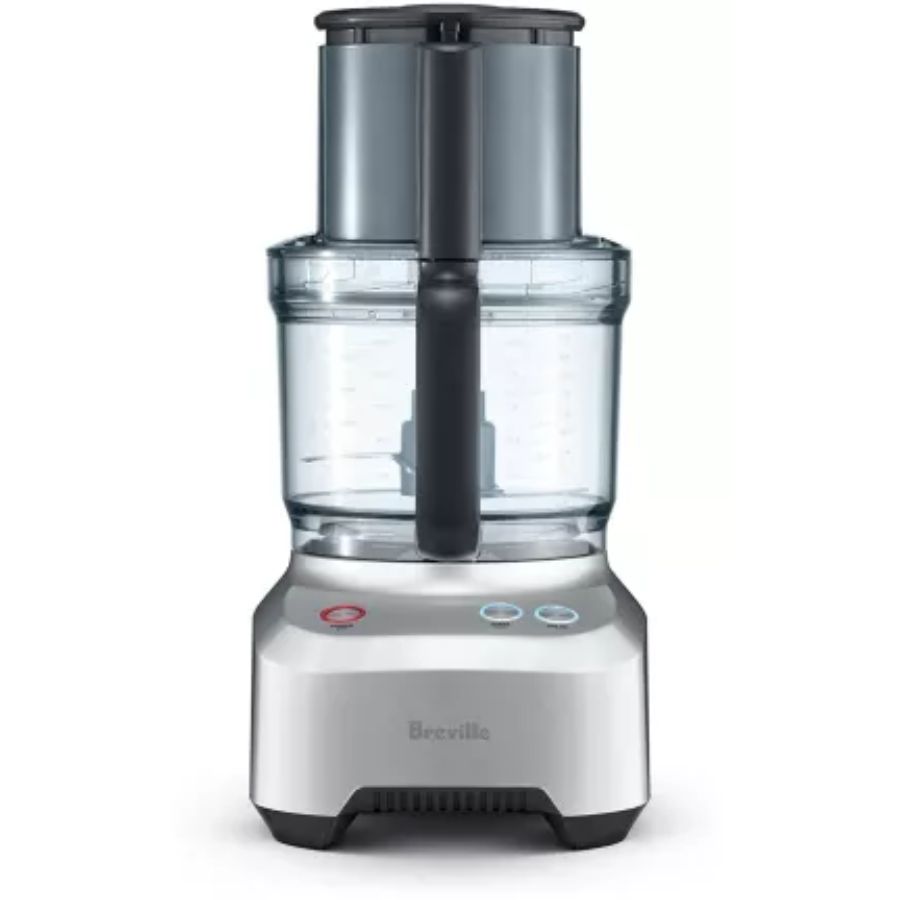
For industrial kitchens
This boasts capacity and power. The Breville is one of our favorites, with its matte, sleek finish. It's perfect for kitchens with lots of stainless steel appliances in.
What sort of size and capacity do you need?
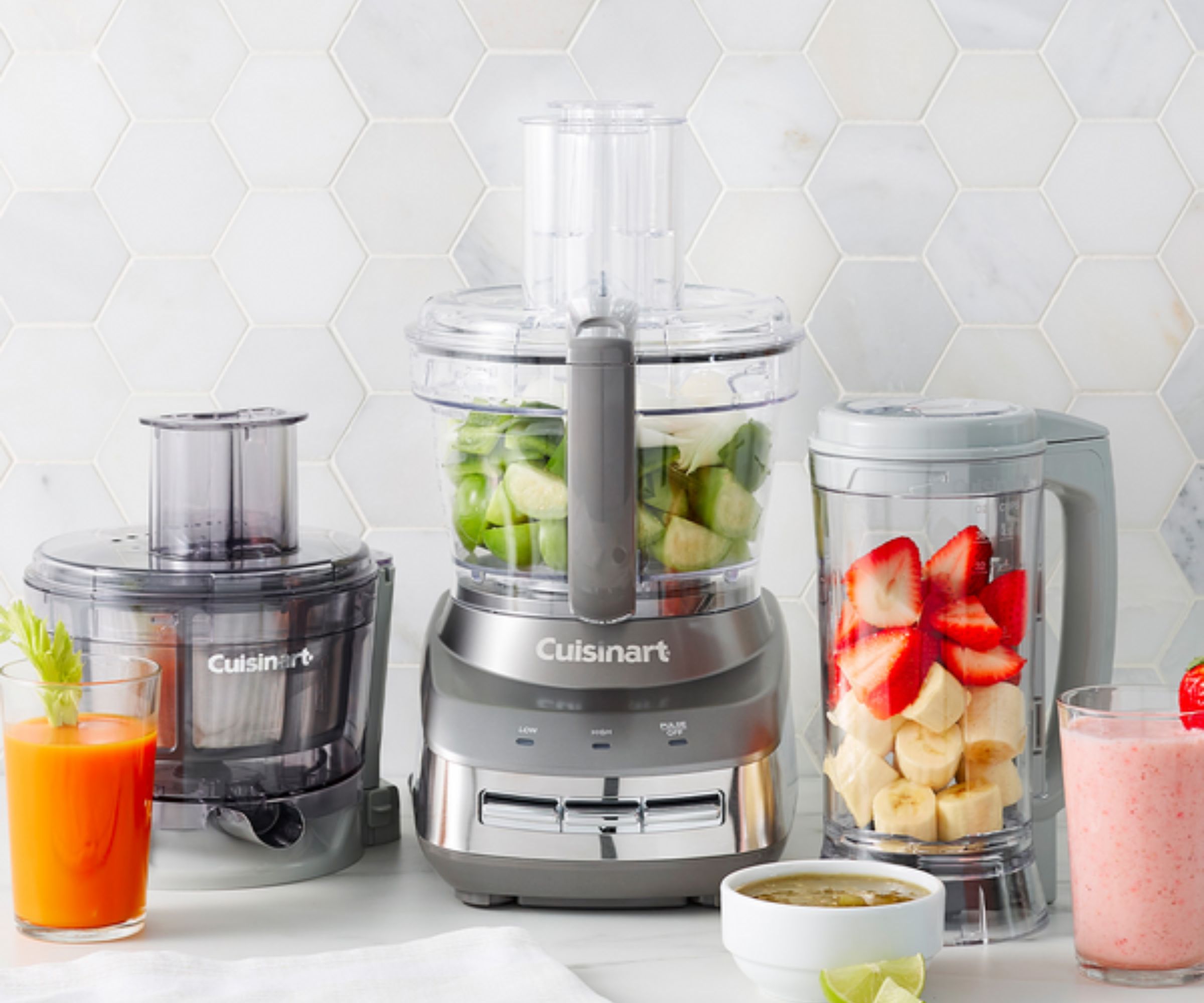
In the table above, I gave you a rough guideline for what sort of capacity and size to look for in a food processor. Large homes that need to make big batches of dips, sauces, smoothies, and nut butters, will need at least 11 cups of capacity.
If you're a couple or small family, you'll probably want a 7-10 cup capacity. This will be enough to make hummus for you and any guests. There's a danger in sizing-up because the food processor blades won't do as thorough of a job if you've not got a very full food processor. The same applies for sizing down, in which case you're likely to have to run your chopping, dicing, slicing, and blending tasks in batches.
Design expertise in your inbox – from inspiring decorating ideas and beautiful celebrity homes to practical gardening advice and shopping round-ups.
The smallest food processors might also be called food choppers. These will have up to seven cups of capacity and will be great for single-person homes or couples. You'll be able to chop an onion, grate a carrot, and slice half a cucumber in these. They'll be useful extras to have, but don't count on them if you're squeezing all the extended family round for food.
Often, the footprint of your food processor is proportionate to capacity. Bigger models will require more space on your countertop. The bigger they get, the more important storage options will become. It's important to check that your extra accessories can be stored in the food processor bowl. You'll also want to measure your wall cupboards, if you have them, to make sure that your food processor clears them once the lid and feeding chute is fixed on. You can always pull it out further onto the countertop if you need to, but it's good to have options.
Which functions and features are important?

All basic food processors come with blades, which can chop, mix, and blend up your ingredients. However, as you pay more money, you'll get extras which increase the versatility of your food processor. Mid-range and premium food processors will have slicing and grating discs, so that you can shred cheese and carrots as well as cutting cucumber without getting your hands dirty. If you can see these features on a smaller food processor, make sure you check the chute size, since the smaller models might have narrow chutes which require some more vegetable prep before you can feed your foods into the bowl.
More versatile food processor and blender combos will come with blending pitchers, bullet blender attachments, and blending cups. This will mean that you have more clutter to store away, but, in the grand scheme of things, you'll be able to save space, since you've combined two appliances into one. Check the capacity and power of the blender to make sure that it can cater to your needs.
Some food processors have special ice functions as well as pulse settings, speed settings, soup settings, and pre-sets for different kitchen tasks. These can be really useful, especially if they'll time how long your machine has been running for. However, bear in mind that you're paying a premium for a luxury rather than a necessary function.
What's good value and a reasonable warranty?
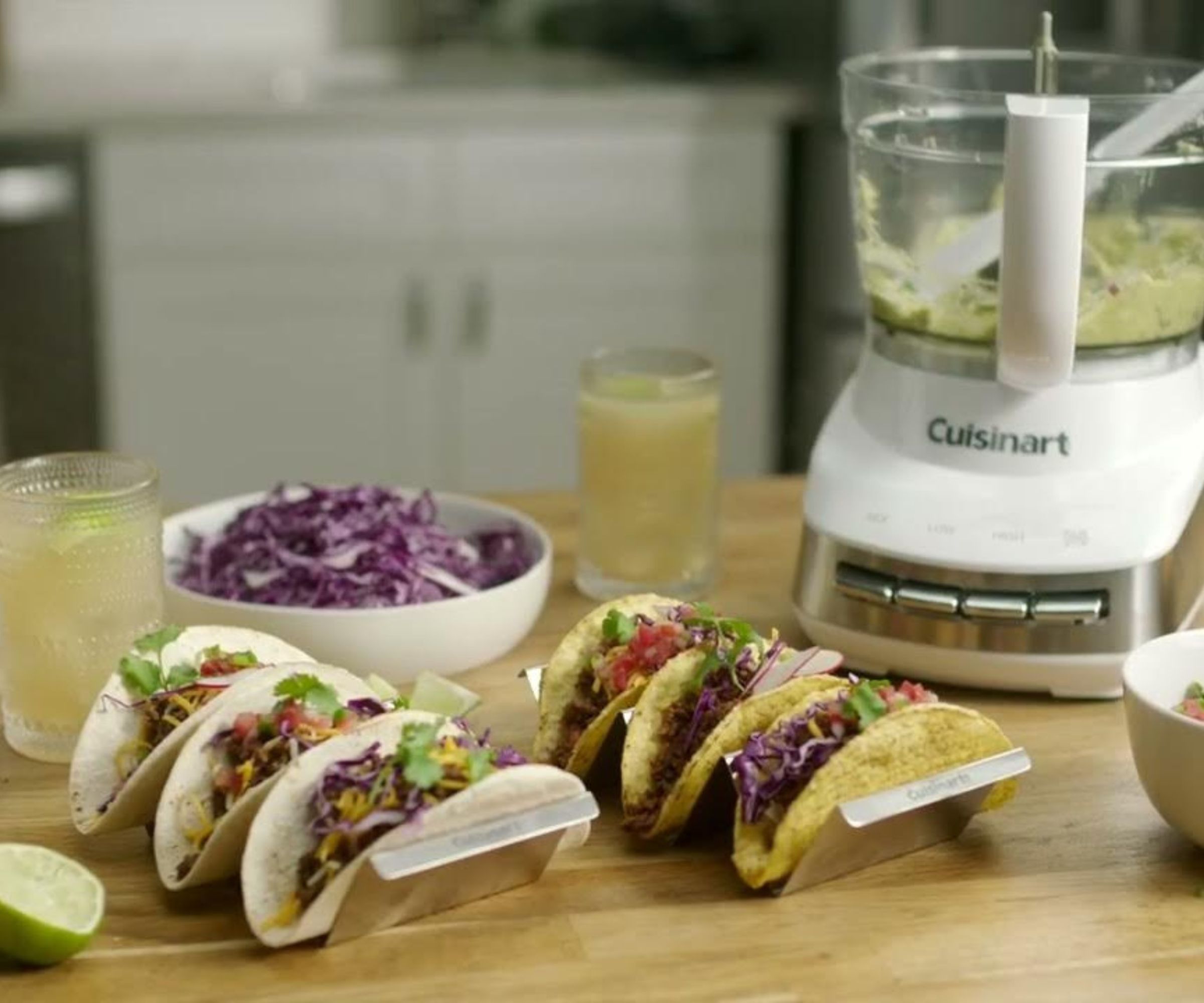
You can pick up an inexpensive food processor easily. The cheapest model that I've tested (and would still buy) is the Magic Bullet Kitchen Express. I actually recommend this all the time, because it's super speedy, really powerful, compact, and consistent. It's only $50 for the food processor with the blending attachments too. You can't go wrong if you're a small household.
At the other end of the spectrum, you've for the luxurious Vitamix food processor and the Ninja Professional Food Processor-Blender Combo. The Vitamix Gourmet SmartPrep Kitchen is $900 (currently reduced to $799.95 at QVC). You get a blender, food processor attachment, and plenty of different discs for various functions. It's a beautiful and powerful appliance, but you pay a premium for the prestigious brand name.
Somewhere in the middle of the two is the Ninja 3-in-1 Food Processor, which is $200. I love it because you get a full-sized food processor and blender, as well as smaller blending cups. It's powerful, sleek, and exceptional value. The only people I wouldn't recommend it to are those in smaller homes.
FAQs
Should I buy a food processor blender combo?
If you don't have both appliances or think you need to upgrade the quality of your food processor and your blender, I would recommend buying a blender and food processor combo. They'll save you space and money, so it's really a no-brainer. The only downside is, you won't get to select specific functions for both. For example, if you want a blender that heats and an 11 cup food processor, you'll have to do a lot more research than if you bought the two separately.
What factors should I consider when picking a food processor?
You'll want to work backwards, when choosing a food processor. The most important thing is that it can meet your needs. Think about whether you need yours to slice, and grate as well as chop. Then, think about the capacity and size of your food processor so that you can use it for your needs. You'll then need to set a budget and think about what yours should look like.

Laura is our eCommerce editor. As a fully qualified barista, she's our expert in all things coffee and has tested over thirty of the best coffee makers on the market. She has also interviewed Q-Graders and world-leading experts in the coffee industry, so has an intimate knowledge of all things coffee. Before joining Homes & Gardens, she studied English at Oxford University. Whilst studying, she trained as a master perfumer and worked in the luxury fragrance industry for five years. Her collection of home fragrance is extensive and she's met and interviewed five of the world's finest perfumers (also known as 'noses'). As a result of this expansive fragrance knowledge, she always puts quality and style over quantity and fads. Laura looks for products which have been designed simply and with thoughtful finishes.